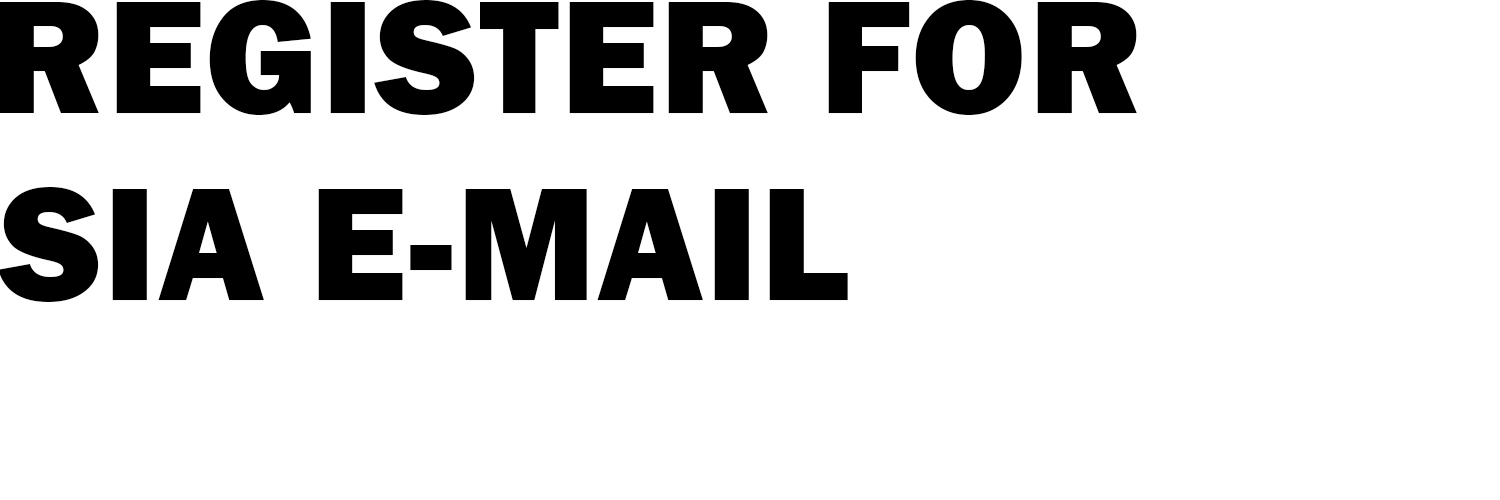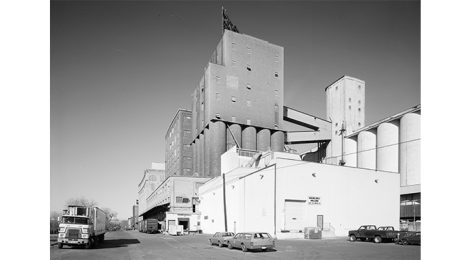
SIA Minneapolis 2024 Conference
CONFERENCE HOME • Tours & Events • Registration Information
Papers & Posters • Hotel & Travel
REGISTER ONLINE
Society for Industrial Archeology
52nd Annual Conference
May 15-19, 2024
Minneapolis, Minnesota
Join the Society for Industrial Archeology for a conference at Minneapolis. Once the flour-milling center of the world, the city has seen the rise of such multinational behemoths as ADM, Cargill, General Mills and Pillsbury. The SIA met in Minneapolis’ twin city, Saint Paul, in 2013. This time, we will focus on the larger of the two cities, although some tour sites will be in Saint Paul.
Developed adjacent to St. Anthony Falls, Minneapolis sits on land that had been occupied and stewarded by the Dakota (Sioux) people for at least 1,000 years. After agricultural settlement began in the Upper Mississippi region in the mid-19th century, Minneapolis grew as a water-powered manufacturing city centered on milling flour and lumber. Saint Paul was, and still is, the head of navigation on the Mississippi River and after the first military fort in the territory rose here, became the center of government and the capital of the state. Steamboats flourished on the river and railroads followed, carrying immigrants from throughout Europe. Although the state is renowned for its Scandinavian heritage, most of the early European settlers were German. Minneapolis and Saint Paul continue to welcome immigrants from throughout the world and have sizeable Somali and Hmong populations, among other ethnicities.
Minneapolis still hosts important manufacturing operations, and St. Anthony Falls, the only natural falls on the Mississippi River, is still the vibrant heart of the city. In the second half of the 20th century, Minneapolis was one of the most important centers for computing in the U.S., featuring such enterprises as Honeywell, Cray, and Control Data. As that industry faded in importance, the medical-device industry has taken its place, resulting in the marketing nickname Medical Alley being coined for the region.
There is much to see here on your own. The “City of Lakes” in the “Land of 10,000 Lakes” offers a wonderful array of parks right in Minneapolis as well as hiking and biking along the Mississippi for those who, like Minnesotans, love being outdoors. The city and region also supports a thriving arts scene, especially for theater and music, plus wonderful ethnic and local foods. A few popular favorites are linked below.
Minneapolis
- Stone Arch Bridge
- Mill Ruins Park
- Mill City Museum
- Kramarczuk’s (locally made sausage & Eastern European specialities)
- Guthrie Theater
- Walker Art Center
Saint Paul
- Minnesota History Center
- Union Depot tours
- St. Paul Capitol tours
- Keg & Case food hall in historic Schmidt Brewery
- Como Park Zoo & Conservatory
SCHEDULE AT A GLANCE
WEDNESDAY, MAY 15
- Opening program, Brian McMahon, “Concrete and the Building of Minneapolis & Saint Paul”
- Minneapolis Central Library
THURSDAY, MAY 16
- Pre-conference tours*
- Welcome Reception for New Members
- Evening Reception at Conference Hotel
FRIDAY, MAY 17
- Choose one of three all-day bus tours
- SIA Banquet*
SATURDAY, MAY 18
- Full day of research presentations & exhibits
- Annual Business Meeting & Luncheon
- Dinner on your own
SUNDAY, MAY 19
- Post-conference tours*
*Additional fees apply
CONFERENCE HOTEL
Royal Sonesta Hotel Downtown Minneapolis
35 So. 7th St.
Minneapolis, MN 55402
Please see bottom of page for details about extended call for papers.
Caption for photo at top: General view of Pillsbury ‘A’ Mill complex along Main Street, looking northeast, Minneapolis, MN
Some sites of IA interest in Minneapolis
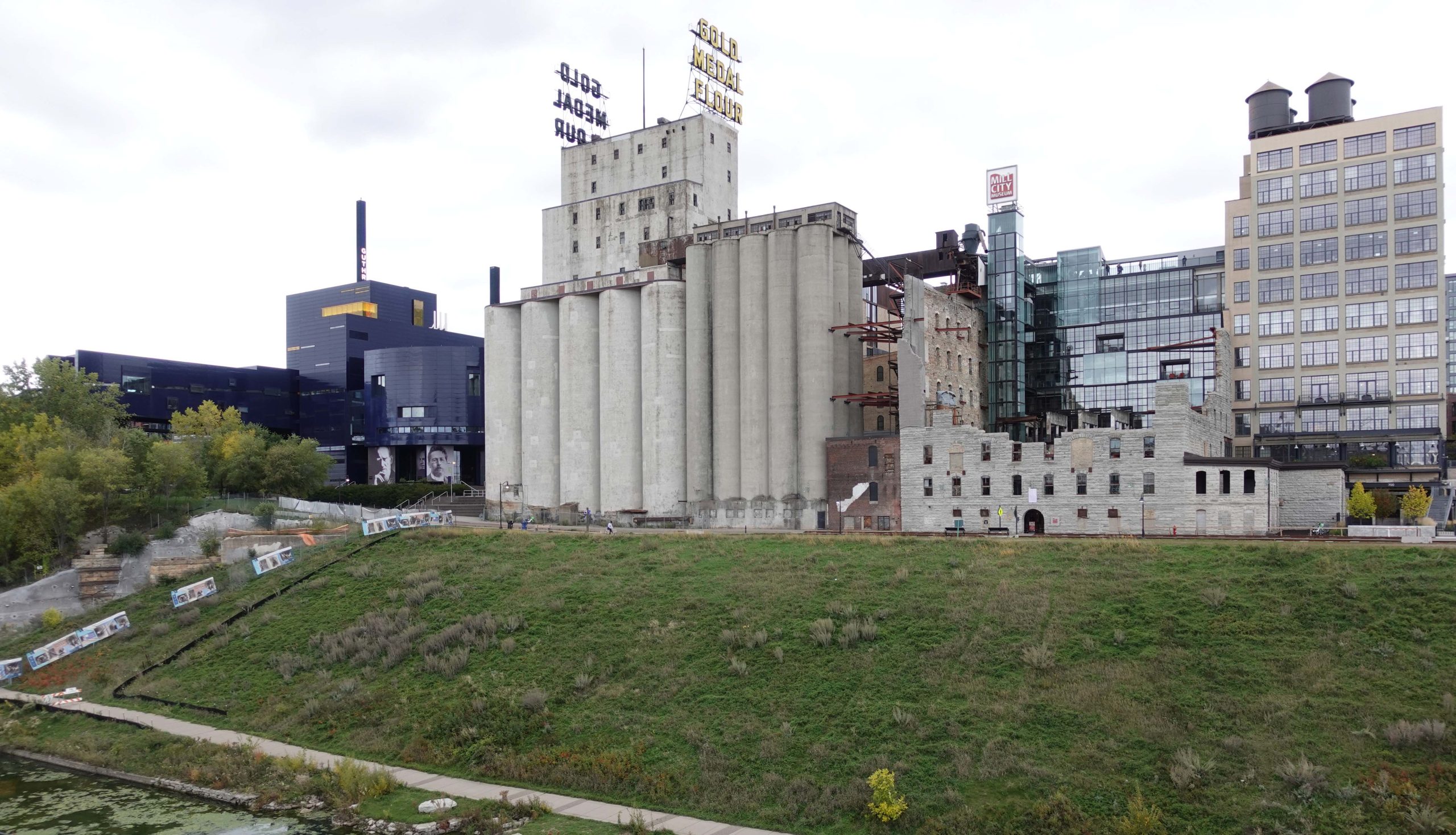
Mill City Museum. Interpreting the history of the flour-milling industry in Minneapolis, the museum was developed by the Minnesota Historical Society adjacent to the ruins of the Washburn A Mill, which was destroyed by fire in 1991 (SIAN 20 Spring 1991). The Guthrie Theater, built in 2006 and designed by Jean Nouvel, is on the left. Its giant cantilevered “endless bridge” offers a stunning view of the Mississippi River.
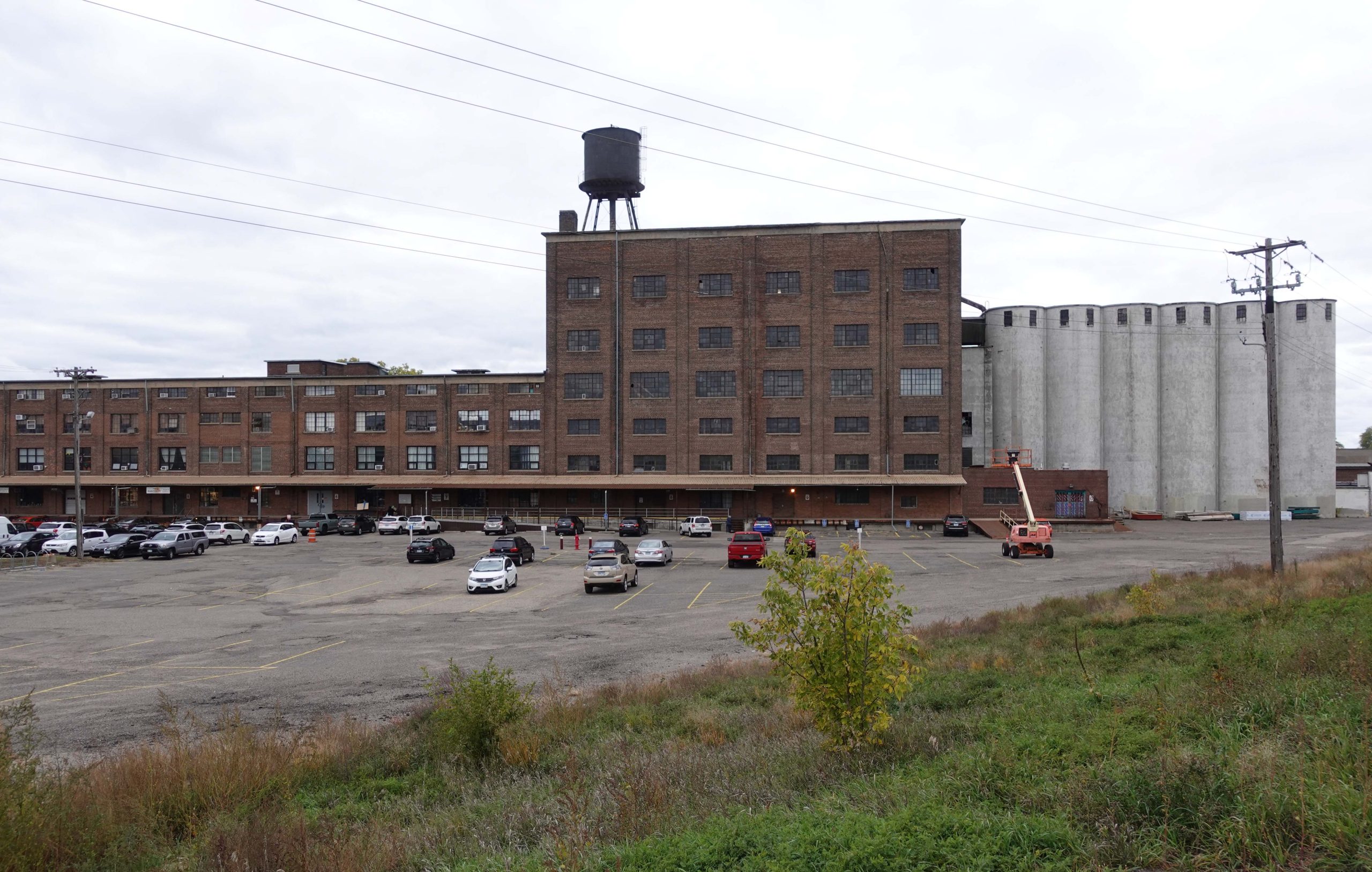
Northrup King Building. This giant warehouse, once owned by the seed company, Northrup King, now houses more than 300 artists’ studios and is at the heart of renaissance of northeast Minneapolis as a cultural center in the Twin Cities. The building, which will be included on one of the SIA tours, features the reinforced-concrete structural system of C.A.P. Turner.
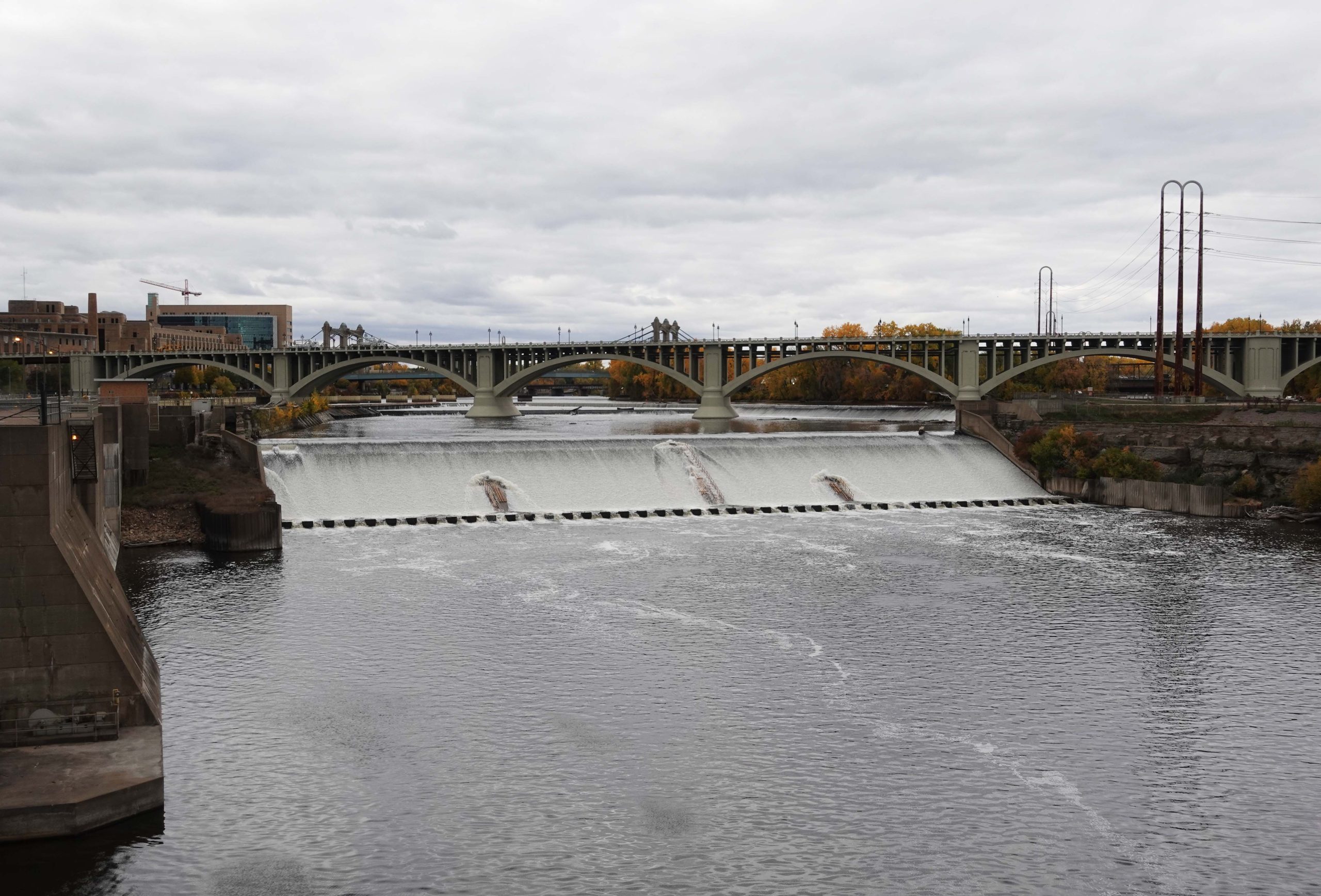
St. Anthony Falls Dam. The dam covers the actual falls and prevents it from receding further upstream. The lock for the lock-and-dam complex is just off to the left. No longer operated by the U.S. Army Corps of Engineers, the lock-and-dam complex is now interpreted by the National Park Service. The open-spandrel concrete-arch 3rd Avenue South Bridge, designed by Frederick Cappelen and completed in 1918, is in the background.
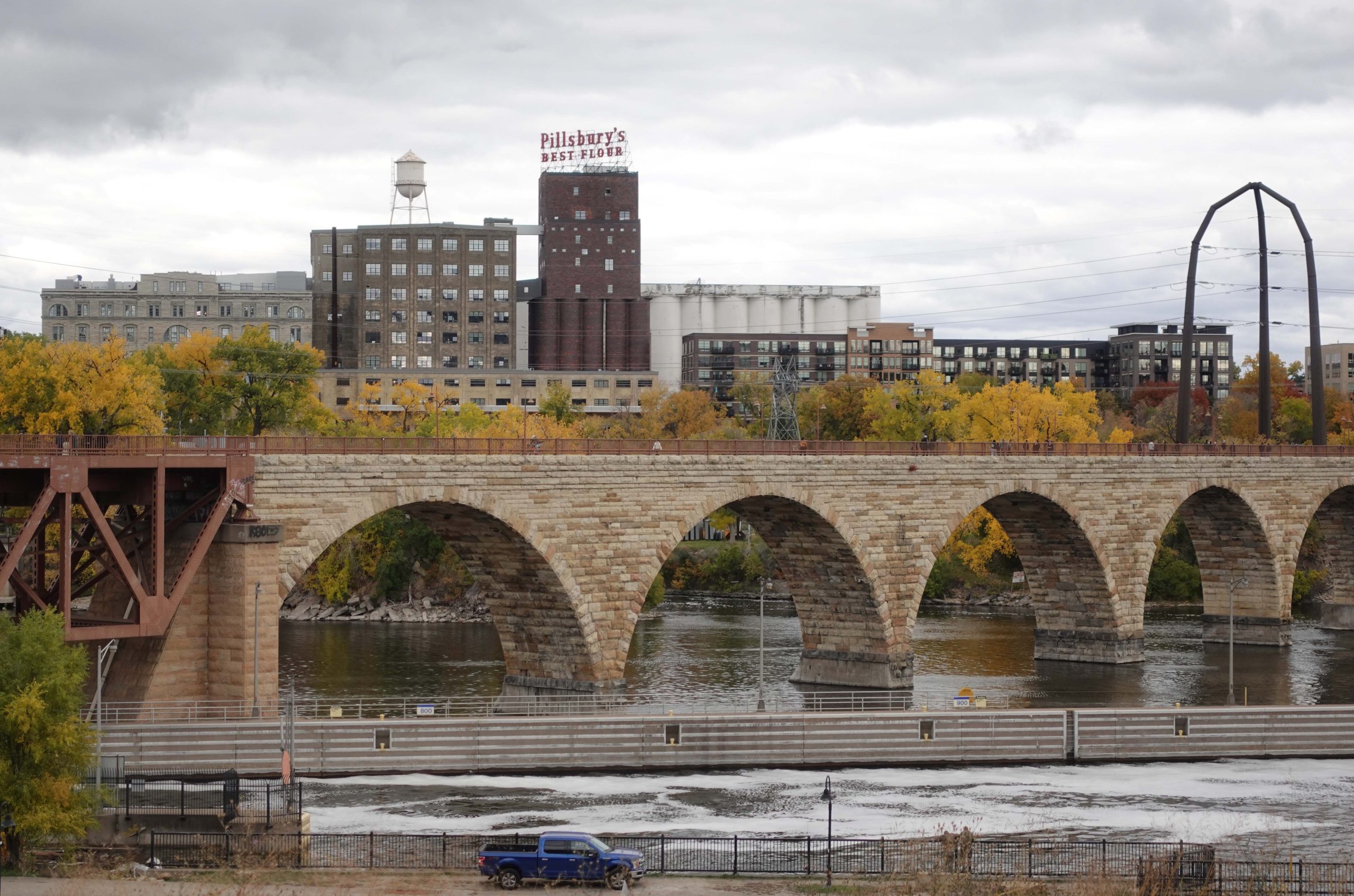
Stone Arch Bridge. Built in 1883 for James J. Hill’s Great Northern Railway, the bridge crosses the Mississippi River at St. Anthony Falls. In the background left is the stone Pillsbury A Mill, built in 1881. To the right are other structures of the Pillsbury milling complex. Both the Stone Arch Bridge and the Pillsbury A Mill are National Historic Landmarks.
Call for Papers (PDF Download)
Link to Online Abstract Submission Form
CALL FOR PAPERS
SIA 52nd Annual Conference, Minneapolis, Minnesota
The Society for Industrial Archeology invites proposals for presentations and poster displays at the 52nd Annual Conference in Minneapolis, May 16–19, 2024. The presentation sessions will be held at the conference hotel, the Royal Sonesta in Downtown Minneapolis, on Sat., May 18, 2024.
We invite presentations on all topics related to industrial archeology, industrial heritage, history of technology, social change related to industry, and historic industrial structures and bridges. Papers about regional industries and transportation in Minnesota and the Upper Midwest are particularly encouraged. We also encourage presentations on challenges facing industrial heritage and the contributions made to our field by industrial museums. Poster displays are also encouraged and may present works in progress or finished projects. All presentations and poster displays should offer both interpretation and synthesis of data.
The new deadline for proposals is February 28, 2024.
Presentation Formats: Proposals may be for individual presentations 20 min. in length, a group of three or four presentations on a common theme filling a 90-min. session, a 90-min. panel discussion with 2–5 discussants (a formal moderator is encouraged though optional), or a poster presentation. SIA will provide laptop computers, data projectors, screens, microphones with speakers as needed in each presentation room. Posters will be on display all day Saturday with a dedicated time in the afternoon for poster presenters to be present for discussion.
Proposal Formats: Proposals should be submitted online unless special arrangements have been made.
For 90-min. themed sessions or panel discussions, the organizer should submit a session title and a brief description of the theme, along with all above information, together as a group, as prompted on the online submission form. If any of these items is missing, the proposal cannot be considered. Note that the above word counts apply separately to each presenter in a group. All speakers are expected to pay the registration fee (for either the full conference or one-day rate).
Each proposal must include:
• The presentation title (you will indicate the type of presentation—single paper, session proposal, or poster—on the submission form)
• A 300-word abstract that outlines the scope, findings, and conclusions of the presentation
• Contact information, including name, affiliation (if appropriate), email address, mailing address, and telephone number for each presenter
• A brief biographical statement of 150 words for each presenter
• The software (incl. version) used to create your presentation and any additional audio-visual requests beyond the standard equipment listed above
For questions please contact Martin Johnston, University of St. Thomas, SIA Presentations Committee Chair, mejohnston@stthomas.edu.

